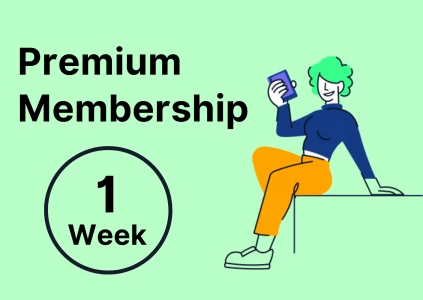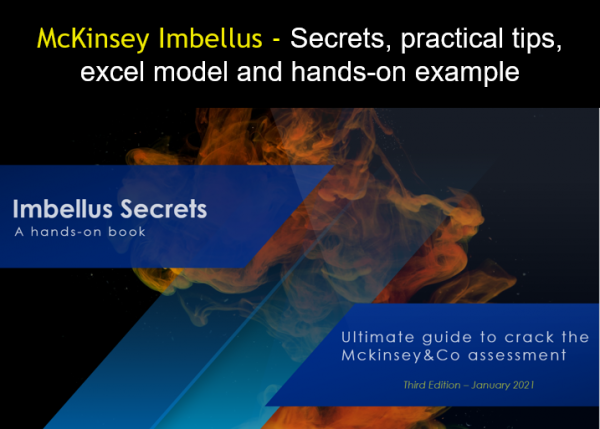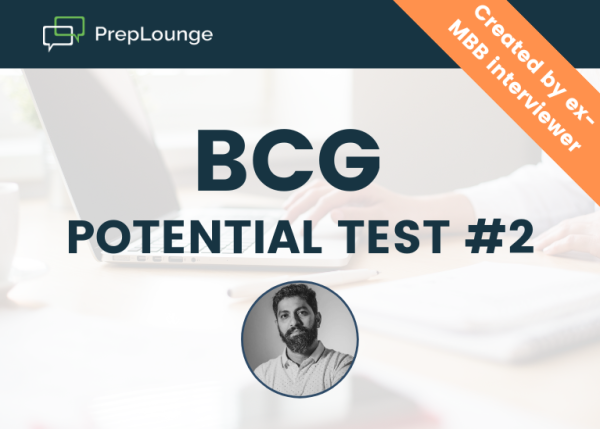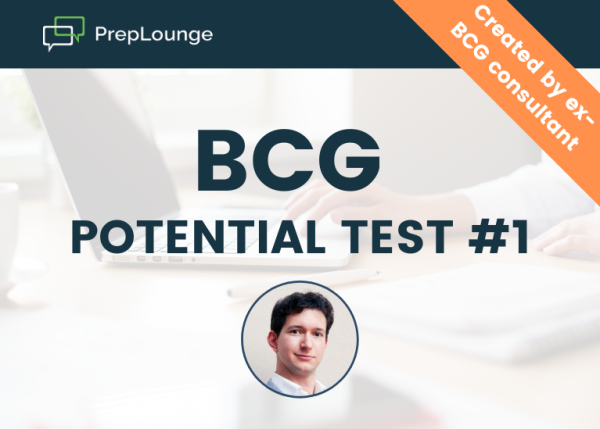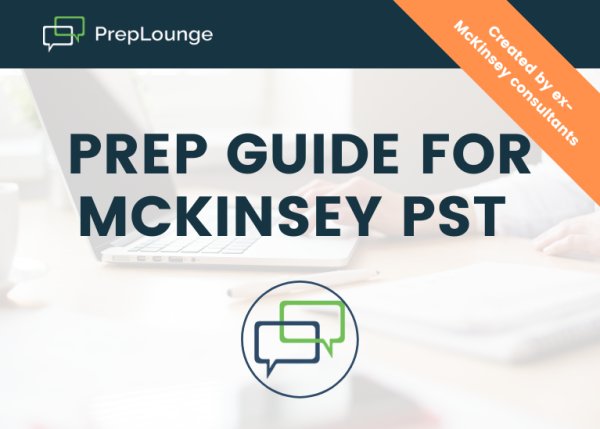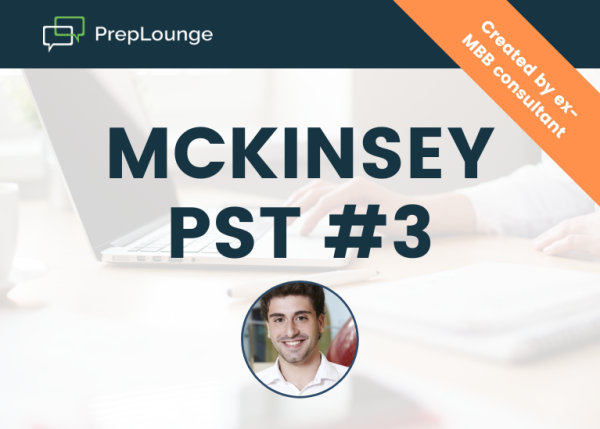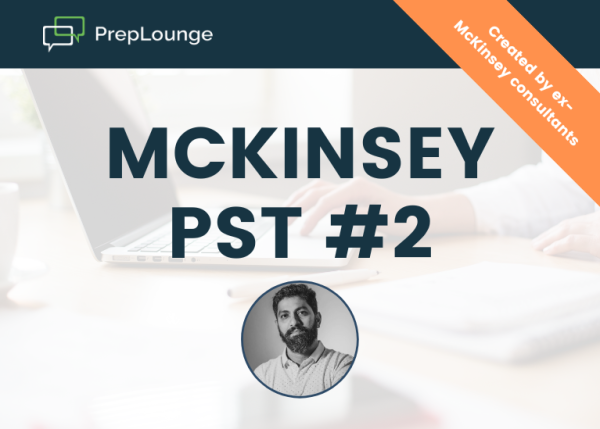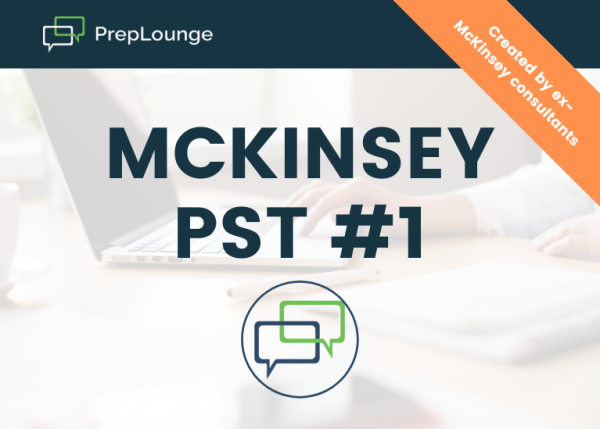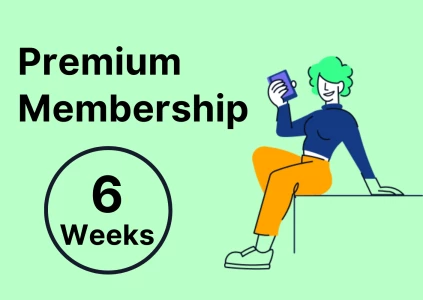Does anybody have advice on how to successfully pass the second round interviews?
Will they structually be similar to the first rounds? (except for having more senior interviewers)
Thanks,
Cas
Does anybody have advice on how to successfully pass the second round interviews?
Will they structually be similar to the first rounds? (except for having more senior interviewers)
Thanks,
Cas
Hi,
In the final round, I would expect a bit more structured and demanding approach to the fit part. The partners in the last round are more experienced and they will challenge every single detail of your story. So make sure that you have a couple of backup stories. Thus:
1) Make sure that you've prepared everything: A story about yourself, motivational questions and the main FIT stories. Also, don't forget about your questions to the interviewer - you'd rather have an interesting conversation and score some point instead of a simple Q&A session
2) Then go through each story and think of the additional questions the interviewer may ask. It’s important since additional questions will take up to 50% of the interview. Try to remember the main details and facts and make sure that you know how to explain the key concepts quickly. Test your stories with your friends, ideally consultants, and ask for their feedback. There can be multiple groups of additional questions:
3) Now work on 3-6 backup stories. During your interviews, you can then use these stories or adapt these stories to the additional questions your interviewer asks you.
You may be interested, why you need to prepare several stories for each question? At the end of the day, it's not that easy to come up with all of these stories. I've answered here: Repeating Fit Interview Stories
As for the cases - Partners and Directors have their own favorite cases and may even want you to lead the case. The key difference:
It may seem to you that these 2 types of cases are different, however, the interviewer-led type is just a simplified version of the interviewee-led case. My advice is to always prepare in the interviewee-led format so that you could solve both easily.
Best
In my experience the second round interviews with more senior personnel are more fluid and less structured. They are more conversational than the first round.
Hi Anonymous,
the structure for final rounds is the same (fit + case+ your questions); however there is far more emphasis on communication and fit.
Specifically, the main difference you will find in a final round with partners is that they:
So in order to prepare I would concentrate on:
Best,
Francesco
Structured framework for sustainable corporate development, including market penetration, product development, market development and diversification.
The Influence Model by McKinsey emerged in the early 2000s and is the result of practical experience of the consultants at McKinsey & Company.
Learn the basics of a real consulting case interview and repeatedly train the skills you need to ace your real case interview at MBB or the Big Four.
Discover what McKinsey's 7S framework is and how it helps companies maximize their strengths and identify weaknesses while focusing on 7 internal elements.
Discover the secrets to Goal setting, Reality checking, Options exploring, and Way forward planning that will redefine your path to success.

